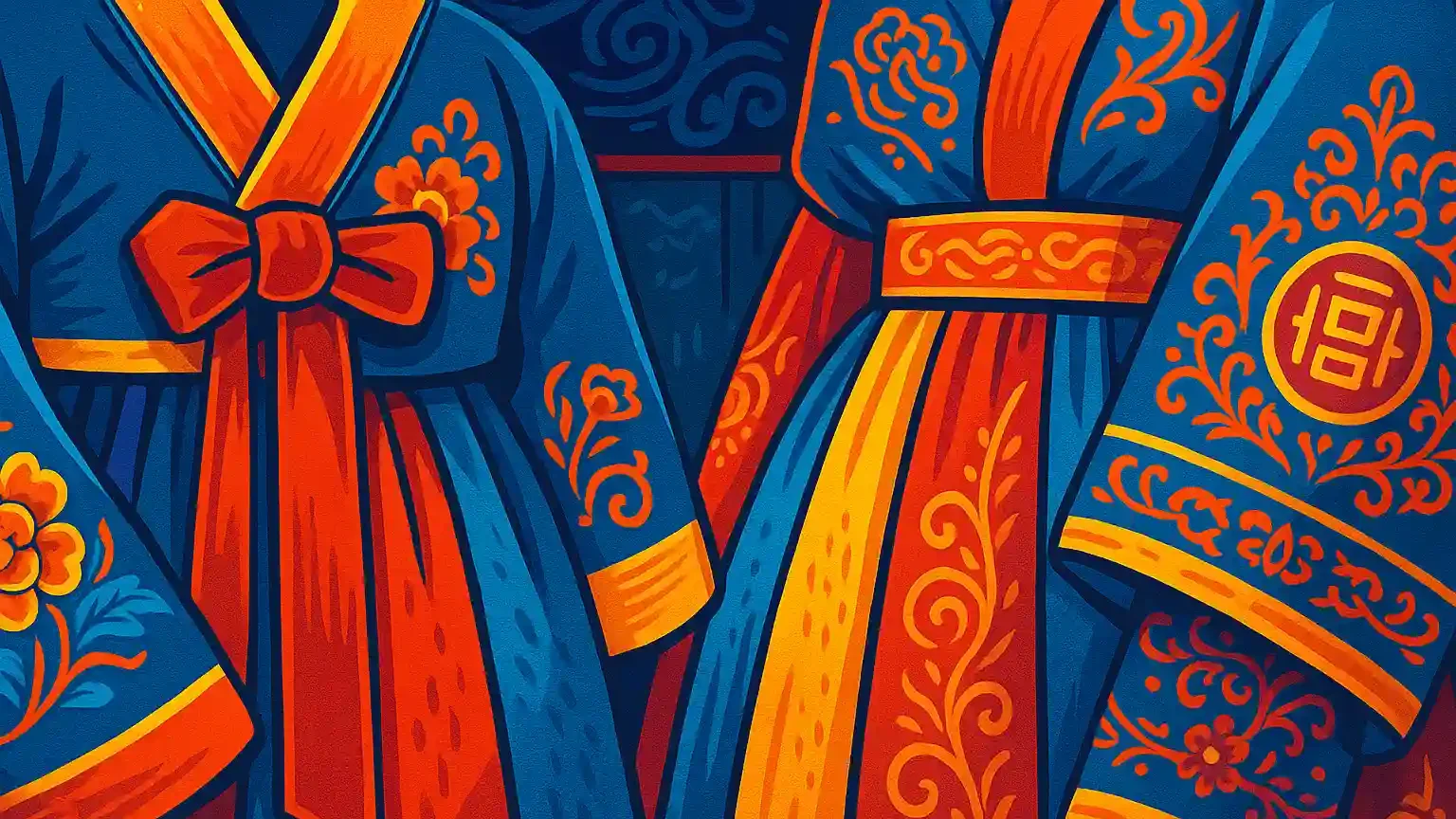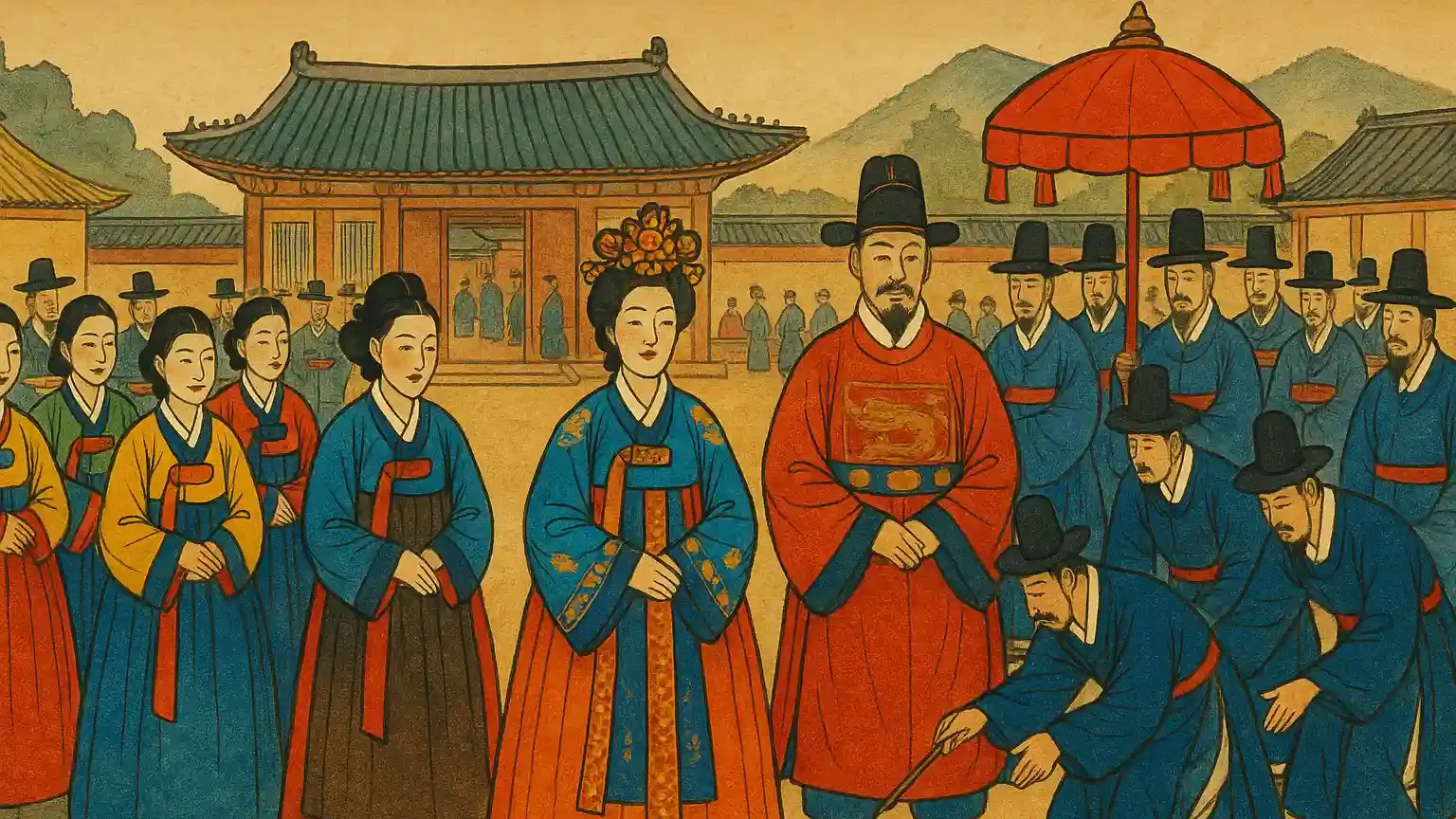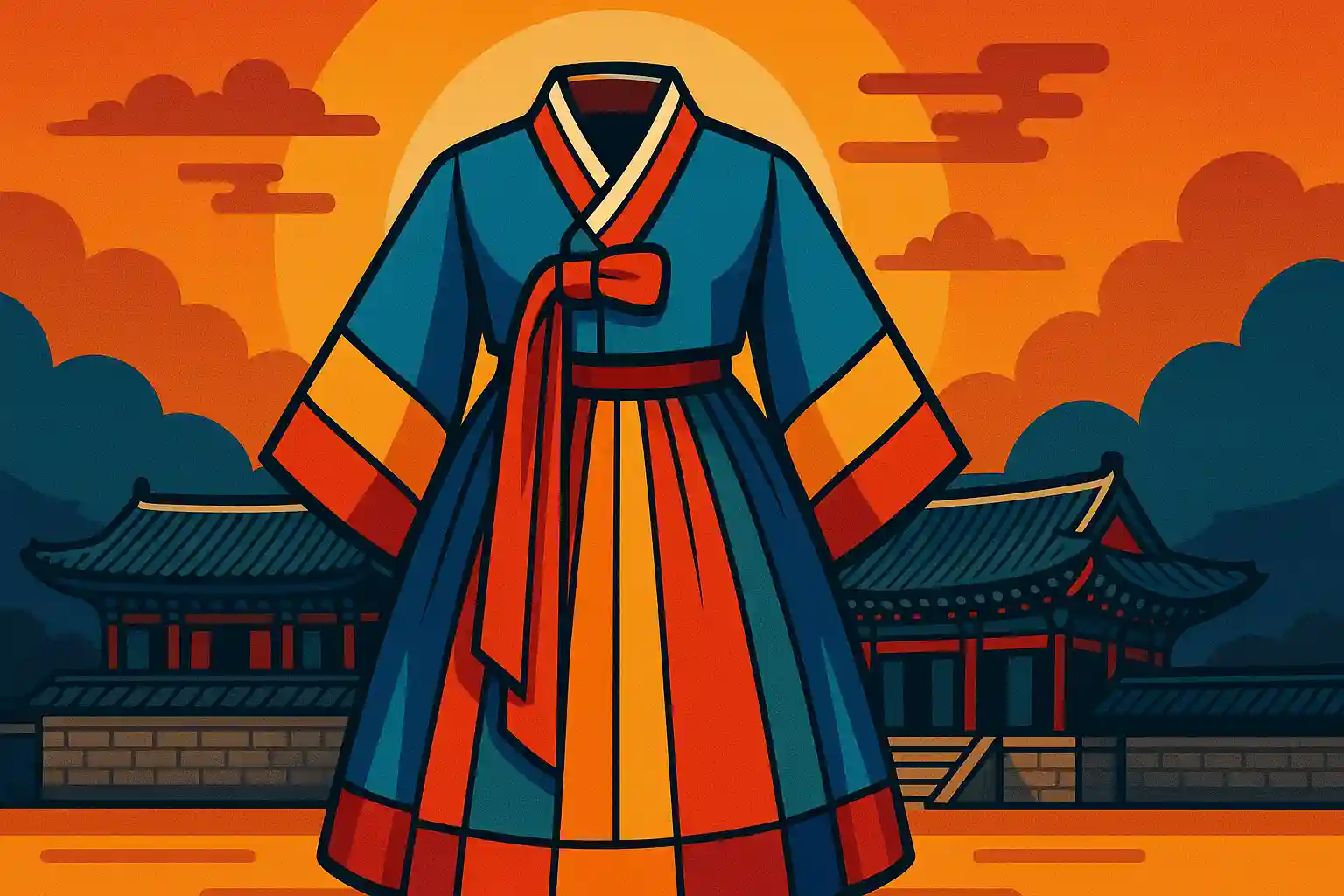The term hanbok often sparks curiosity among those interested in Korean culture and fashion. Hanbok is more than just clothing; it symbolizes tradition, heritage, and identity. This attire reflects Korea’s history and continues to hold significance in modern life. Understanding hanbok is essential because it connects past generations to the present and preserves cultural values.
In contemporary society, hanbok appears at weddings, holidays, and cultural festivals. Designers also reinterpret hanbok in modern fashion shows, blending tradition with innovation. By exploring its definition, history, and applications, we can see why hanbok is not only attire but also an expression of Korean pride.
This guide defines hanbok, explains its components, traces its origin, and shows how it remains important today. For anyone curious about traditional clothing, hanbok offers insight into the values and artistic sensibilities of Koreans across time.
Definition of Korean Hanbok

The word hanbok literally means “Korean clothing.” It refers to traditional attire characterized by vibrant colors, simple lines, and unique silhouettes. The standard hanbok consists of a jeogori (short jacket) paired with baji (pants) for men and a chima (skirt) for women. A sash or belt often completes the outfit, while accessories such as hairpieces or hats enhance its elegance.
In dictionary terms, hanbok is defined as a traditional Korean costume worn during special occasions, ceremonies, and cultural events. Synonyms or related terms include “Korean traditional dress” or “ceremonial attire.” However, hanbok is more than a garment. It embodies cultural symbolism, with each element representing harmony, dignity, and grace.
The hanbok definition also highlights its practical design. Its flowing structure allows for ease of movement, while its bright colors symbolize vitality. Each part of the outfit has meaning: for example, red and yellow often symbolize royalty or celebration, while white represents purity.
Thus, hanbok’s definition extends beyond clothing—it is a cultural concept tied to identity, aesthetics, and social values.
Detailed Explanation of Hanbok
To fully understand hanbok, one must explore its design, symbolism, and cultural significance.
Design Elements:
Hanbok features curved lines and flowing shapes, unlike Western clothing that emphasizes the body’s form. The wide skirts and loose jackets provide comfort while creating a graceful silhouette. This design reflects Korea’s appreciation for natural beauty and balance.
Symbolism of Colors and Patterns:
Traditional hanbok often incorporates the “obangsaek,” the five cardinal colors—blue, red, yellow, black, and white. These colors symbolize the elements of nature and harmony within the universe. Patterns such as peonies, cranes, or phoenixes are embroidered onto hanbok to symbolize wealth, longevity, and high status.
Occasions for Wearing:
Hanbok is worn during Korean traditions such as Lunar New Year (Seollal), Chuseok (harvest festival), weddings, and first-birthday celebrations (doljanchi). It connects wearers to cultural rituals and family heritage.
Modern Adaptations:
In recent years, designers have modernized hanbok by incorporating contemporary fabrics and styles. This allows hanbok to appear on fashion runways and in global pop culture. K-pop idols and K-drama actors often showcase hanbok in performances and productions, spreading its influence worldwide.
Cultural Value:
Hanbok highlights respect, elegance, and unity. Wearing it is not only about appearance but also about embracing cultural identity. For Koreans, hanbok embodies the spirit of their ancestors and continues to be a source of national pride.
Thus, hanbok is not just clothing—it is a visual representation of Korean values and artistry.
History and Cultural Origin of Hanbok in Korea

The history of hanbok spans thousands of years. Its origin traces back to the Three Kingdoms Period (57 BCE – 668 CE), when early versions of the attire reflected practicality and climate adaptation. Loose pants and jackets allowed for mobility, essential for Korea’s agrarian and nomadic lifestyles.
During the Goryeo Dynasty (918–1392), hanbok evolved into more refined forms. Nobility wore luxurious fabrics such as silk and adorned their hanbok with embroidery to display wealth and social status.
The Joseon Dynasty (1392–1897) shaped hanbok into the version most recognized today. Clothing reflected social hierarchy, with color and fabric indicating class. Royals wore brightly colored garments, while commoners wore white hanbok to symbolize simplicity and humility.
Over centuries, hanbok adapted to social, cultural, and political influences but retained its symbolic essence. Even during modern times, hanbok remains a cultural treasure, representing Korea’s enduring traditions.
Applications or Uses of Korean Hanbok
Hanbok plays an important role in both traditional and modern contexts.
Cultural Ceremonies:
Hanbok is worn during holidays, weddings, ancestral rites, and official ceremonies. Families often wear hanbok to honor their heritage during significant life events.
Fashion and Entertainment:
Modern fashion designers create fusion hanbok, blending traditional elements with contemporary cuts. In Korean food festivals or cultural expos, hanbok is worn by performers to showcase authenticity. K-pop idols and actors also wear hanbok in dramas, music videos, and promotional events, reinforcing its cultural significance.
Tourism:
Tourists visiting Korea often rent hanbok to experience cultural immersion. Walking through historic palaces like Gyeongbokgung while wearing hanbok is a popular activity, symbolizing connection to history.
Education and Cultural Promotion:
Schools and cultural centers use hanbok to teach students about Korean identity. Wearing hanbok during events provides a tangible connection to history.
Global Influence:
Hanbok has become a symbol of Korea abroad. Fashion shows and exhibitions highlight hanbok as an art form, inspiring global designers. This international recognition proves its relevance in both tradition and innovation.
Therefore, hanbok’s applications extend from daily traditions to global cultural exchanges.
Conclusion
Hanbok is far more than a traditional outfit—it is a timeless symbol of Korean identity, artistry, and cultural pride. From its ancient roots in the Three Kingdoms era to its refined elegance in the Joseon Dynasty and its modern reinterpretations on global stages, hanbok has consistently represented harmony, dignity, and beauty. Today, it continues to play a vital role in cultural ceremonies, fashion, tourism, and international recognition, proving its adaptability while preserving its essence. Whether worn in celebration, showcased in media, or admired on fashion runways, hanbok connects the past with the present and ensures that Korea’s traditions remain vibrant in the future.
Resources
For readers seeking more insights into hanbok, the following resources are valuable:
- Visit Seoul – Hanbok Guide
- National Museum of Korea – Hanbok Exhibition
- The Korea Herald – Modern Hanbok Trends
- Korea – Hanbok Programs
- BBC Travel – Why Hanbok Endures

